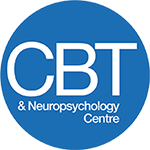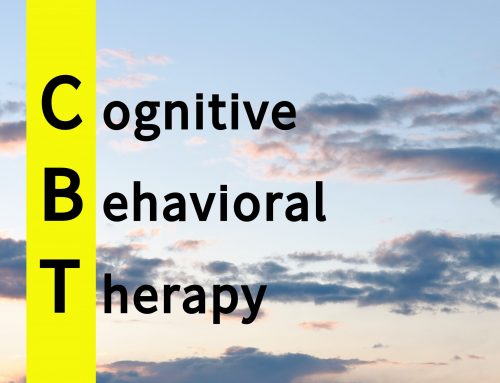Cognitive Behavioural Therapy (CBT) has been shown to be effective for treating a variety of mental health conditions, including anxiety and depression. However, because individuals with Autism Spectrum Condition (ASC) may have difficulty with social communication and sensory processing, traditional CBT approaches may need to be adapted to meet their unique needs.
One important consideration when adapting CBT for individuals with ASC is the use of visual aids and concrete examples. Individuals with ASC may have difficulty with abstract thinking, so using visual aids such as diagrams, pictures, and videos can be helpful in explaining concepts and teaching new skills.
Another important adaptation is to focus on teaching social and emotional skills that may not come naturally to individuals with ASC, such as recognizing and interpreting facial expressions and nonverbal cues, regulating emotions, and understanding social norms and expectations.
It may also be helpful to incorporate sensory-based interventions, such as deep pressure, movement breaks, and sensory tools, into the CBT sessions to help individuals with ASC regulate their sensory system and reduce anxiety and stress.
Finally, it is important to work with a therapist who has experience working with individuals with ASC and who can tailor the therapy to meet the individual’s unique needs and strengths.
Overall, adapting CBT for individuals with ASC involves incorporating visual aids, focusing on social and emotional skills, incorporating sensory-based interventions, and working with an experienced therapist.






